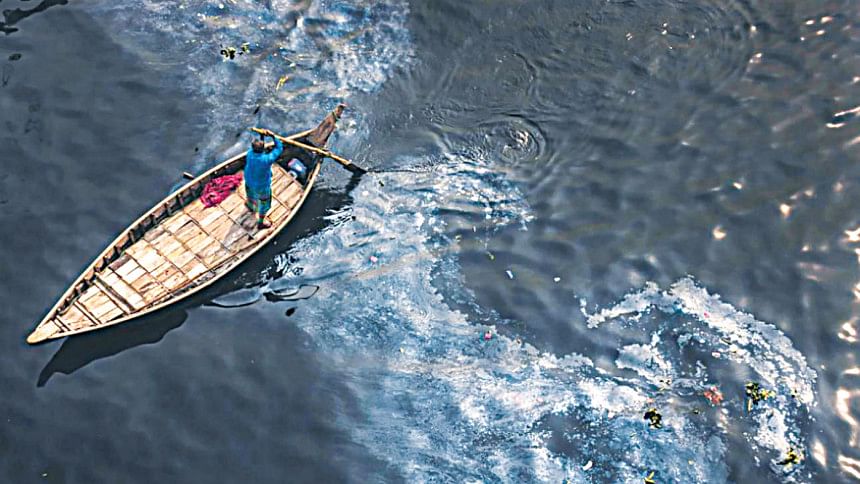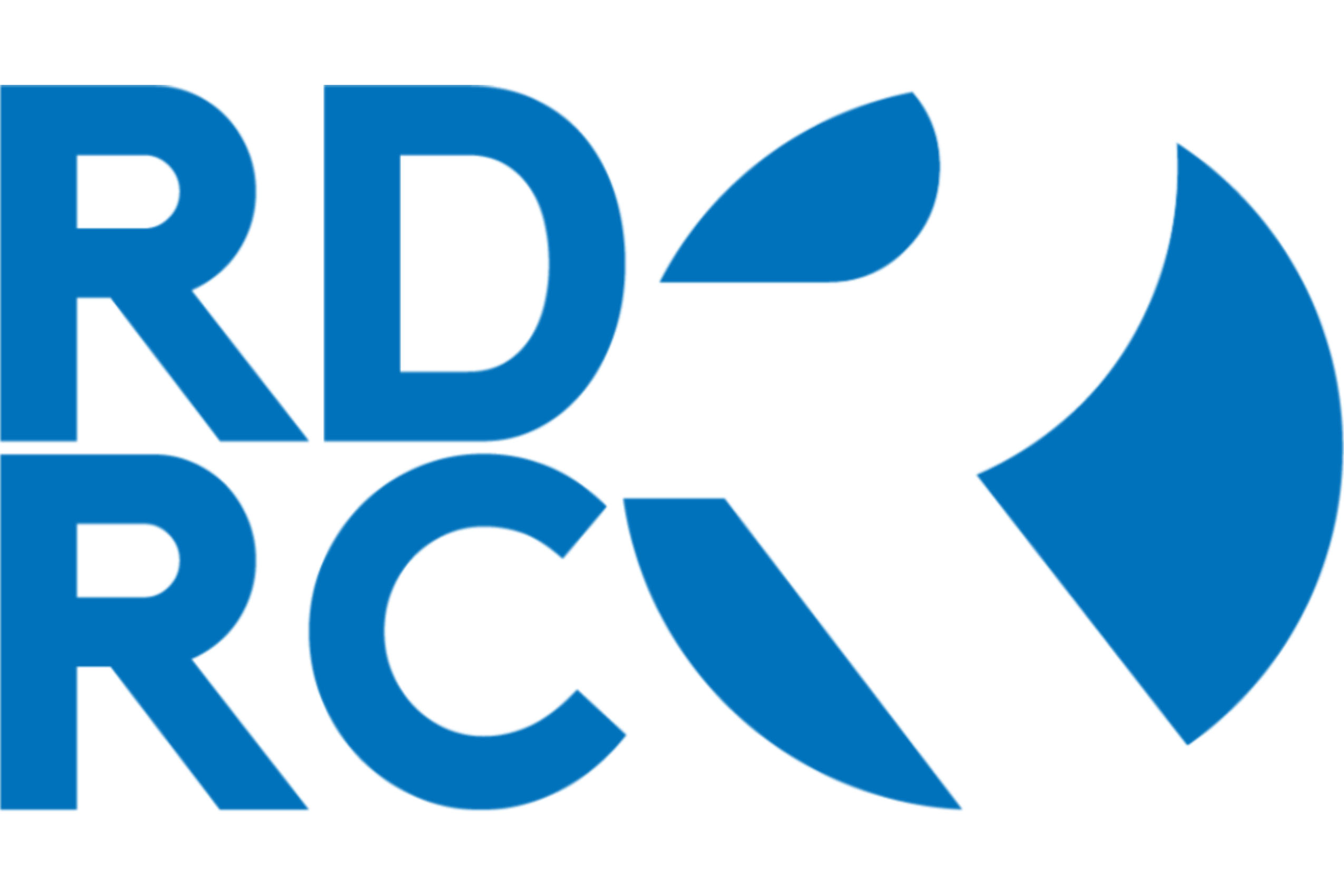
“Ei boshi, ektu kadi, dhular paharey /
Kadley kirey dhular paharey /
Ganga buri ganga boye jabey?/
Gangaburi Gangaburi shono /
Eto shundor naam ti tomar ke diyechhey bolo?”
The other day, I was listening to this popular song by Kafil Ahmed, one of the few gono sangeet artists of our time. Whenever I listen to the song, it takes me on a journey into a dream world where everything about life centres around this river—Gangaburi or Buriganga. The river in the song gives us hope that we must go on with our life and never lose hope, and that the river and people share the same life force. I do not know how Kafil Ahmed, the songwriter and singer, would interpret his song, but this is how it makes me feel.
But then, I am yanked back, rather brutally, into reality when I remember how we have destroyed our Buriganga—the lifeline of the city we live in. And I think to myself: How have we come to this point? Have we done what we should have to save or restore the Buriganga? Does the river still have a chance to survive?
Recently, I came across a news report on the pollution of our rivers and was horrified to learn about the extent of contamination of the water of major rivers such as the Buriganga, Turag, Balu, Dhaleshwari, Shitalakhya, Karnaphuli, etc. According to the report, the water of these rivers has become toxic and has already seeped underground, making the groundwater unsafe to drink (Prothom Alo, September 26, 2021). It was also mentioned in the report that people drinking this water, with all kinds of heavy metals and contaminants in it, are at increased risk of getting cancer, asthma and high blood pressure, among other diseases.
It seems that the decades of movement by the environmentalists to save our rivers have not been successful to bring about any positive result—our rivers remain as polluted as they were before. It is true that the government took some steps to reclaim the river land lost to the grabbers. The National River Conservation Commission (NRCC) made a list of the river grabbers across the country. The High Court gave specific directives to the authorities concerned to protect our rivers. Despite all these, the condition of our rivers has not improved. And the state of the Buriganga is much worse than other rivers. It has almost died because of continuous encroachment and industrial and plastic pollution. The dissolved oxygen (DO) in the Buriganga water decreases to almost zero in the dry season, making it impossible for any fish or aquatic life to survive.
Over the past few decades, the Buriganga had been literally used as a dumping ground for all kinds of waste—industrial and household alike. Its banks have been completely grabbed by powerful quarters and all sorts of factories, tanneries and industrial units were set up there, leading to the offloading of untreated waste straight into the river. The sad part is, it is not only the grabbers or the tannery and factory owners who have done such damage to the river; the Dhaka Water Supply and Sewerage Authority (Wasa) is also to blame for the pollution of the Buriganga. According to Bangladesh Inland Water Transport Authority (BIWTA), Wasa has around 65 drains and sewerage lines which are directly connected to the Buriganga. In 2011, the High Court directed them to seal off the drains and sewer pipes linked to the river. Ten years have passed since then, but the Wasa authorities have not yet complied with the HC order.
A recent survey by the River and Delta Research Centre (RDRC) has found 251 sewerage lines, 237 waste dumping spots and six canals that are directly connected to the Buriganga. The survey also found 31 big factories—mostly cement, metal and oil factories—along the river from which untreated industrial waste is being visibly dumped into the river. Then there are the dockyards—another big pollutant.
The RDRC study also found that the tanneries that were shifted from the banks of the Buriganga are now polluting the Dhaleshwari river in Savar. But eventually, the Buriganga gets polluted through the Turag and Karnatali channels which are connected to Dhaleshwari. According to Mohammad Azaz, chairman of RDRC, “The grabbing of Buriganga started from Hazaribagh in the past, but now it has spread to the Dhaleshwari river in Hemayetpur. So, grabbing has actually increased.”
Although the BIWTA has been conducting eviction drives from time to time, it has not yielded much result for the Buriganga as its banks are continuously being filled up and used by the occupiers. Another major problem is that the demarcation of the riverbank boundaries was not done properly. Needless to say, without proper demarcation, the natural flow of the river cannot be restored.
Unfortunately, the NRCC, the central authority in charge of rivers, has not been able to look into these issues properly, despite the commission being declared as the “legal guardian” of our rivers by the High Court. The commission neither has the manpower nor any magistracy power to take action against the grabbers and polluters. What they can do, however, is file cases against those destroying our rivers. But the commission has not filed a single case against the powerful grabbers or polluters since assuming the guardianship.
Coming back to the case of the Buriganga, the question that is most pertinent now is: Can we bring back life to this once mighty river? Reportedly, although no fish and aquatic creatures can survive in the river during the lean season, during monsoon, as the water level rises with heavy rainfall, the pollution level drops and the dissolved oxygen (DO) level increases, making its water liveable for aquatic creatures.
Only a few years ago, with the fresh flow of floodwater from upstream, several dolphins were seen playing in the Turag and Buriganga rivers. The incident gave us hope that saving the river may still be possible.
However, that requires strong commitment on the part of the government and the river authorities. The grabbed land of the river must be reclaimed and the grabbers must be brought to book, while the factories built on the encroached riverbank have to be shifted elsewhere. Dhaka Wasa must seal off their drains and sewer pipes linked to the river while the clogged up canals should be excavated by the authorities concerned. In addition, plastics and polythene bags must be removed from the river bed by conducting regular drives. Taking these basic but vital steps can turn the Buriganga into a living, and perhaps thriving, river again. But we must remember: unless we match the extraordinary assault on this river with an equally extraordinary response, that goal will always remain elusive.
News link: Buriganga remains a sad tale. Can we turn it around? | The Daily Star
